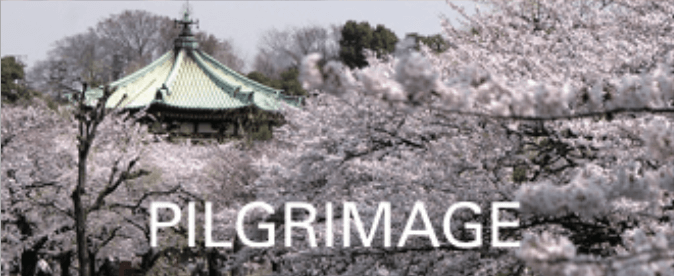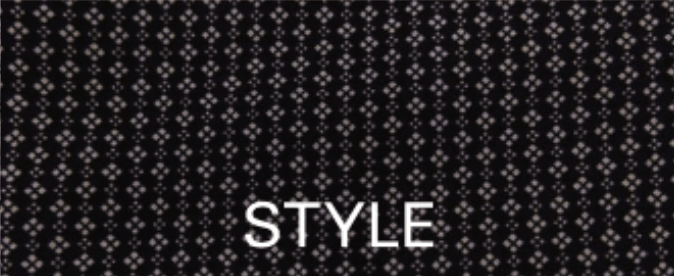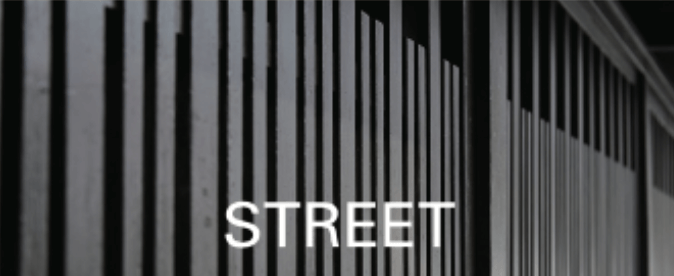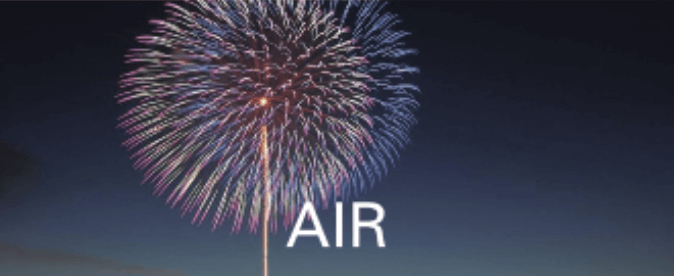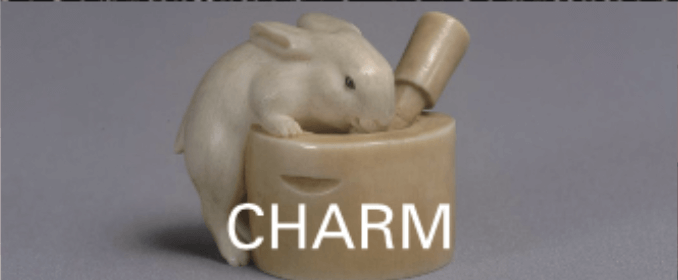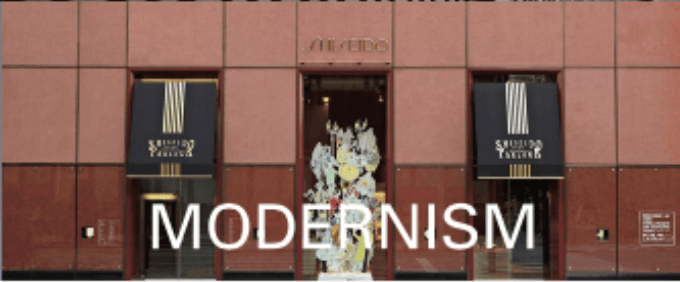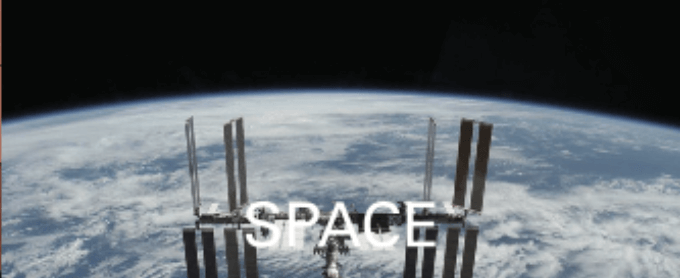
This museum is a research institute established in 1981 for the purpose of promoting the research of history, archeology, and folklore. It promotes educational activities by exhibiting materials about Japanese culture coexisting with beauty and nature. –
Asagao-so, the morning glory picture book that was first published in Edo in 1817, is a manual of how to plant the morning glory and how planting it became popular. There are also 100 beautifully colored drawings of the morning glory.
It was a popular competition in Osaka, Kyoto and Edo to cultivate new morning glories, created by mutations, during the Bunka and Bunsei era (1804 – 1830) in the Edo period.
And it spread to the surrounding cities and towns, during the Kaei and Ansei era (1848 – 1860) in the Edo period. In the latter part of the 19th century, there was a boom in creating unique morning glories among samurai, wealthy townspeople, and monks in the cities.
It lead to the boom in enjoying the unique flowers and leaves of the changing morning glories during the Meiji period (1868 – 1912) and the Taisho period (1912 – 1926).
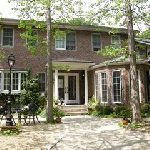
This museum is like a picture book, located in Kita-Kamakura, along with Meigetsu-in Temple (Zen temple) and Enkakuji Temple (Zen temple). It is a brick-built Western-style building and exhibits original paintings, such as watercolor paintings, oil paintings and drawings by Yoh Shoumei (1946 -), a picture book writer, poet and an award-winning author of the International Children’s Book Exhibition in Bologna, Italy.
Yoh was born in Kumamoto prefecture. He studied oil painting in New York and published a picture book. He is a painter who has always seen his daily life as poetry and knows how fragile it is.

One of the attractions of this museum facing the forest and the sea, is a building integrated with the landscape. The main building, covered with double skin (double membrane) made of glass and iron plate, allows soft natural light to fall from the ceiling. You.can appreciate its works in an open space.
The museum has exhibitions four times a year, displaying modern works from the Meiji period (1868 – 1912), the Taisho period (1912 – 1926), and the Showa period (1926 – 1989), as well as works by artists who are currently active.
At the annex, the Taniuchi Rokuro Pavilion, you can enjoy the work of Taniuchi Rokuro (1921 – 1981), who had drawn Cover Pictures of weekly magazines.

This museum of literature is attached to the prefectural library. It permanently exhibits Dazai Osamu (1909 – 1948), and 13 other writers who represent Aomori Prefecture. Kitabatake Yo (1903 – 1982) was a folklorist and poet, who wrote children’s stories. Her grandparent’s residence (3,966m2, on about 4ha) was in Furudate, a section of the village, Tukurimichi Village (Present: Aomori City Furudate). She used to go out on weekends, looking at the Hakkoda Mountains to the south and Mt. Iwakisan to the west.
She became a natural child and listened to grandmother’s old tales. That is the origin of her children’s story “Mimi no Soko no Sakana – My favorite fish in ears”: Myayoko is 6 years old. After her grandmother died, Mayoko was reminded of her voice and story and started to hear her grandmother speaking. Mayoko thought she became an invisible fish, who lived in her ears and gave power to Mayoko, somethimes,,,
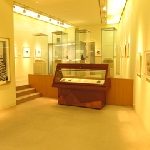
Takamura Chieko (1886 – 1938), was a Japanese artist in painting and colorful papercuts, and the wife of Takamura Kotaro (1883 – 1956), a Japanese poet and sculptor. Kotaro wrote “Chiekosho” – Chieko’s Sky, a book of poems by Kotaro. The true sky of Chieko that Kotaro described is the view of Mt. Adatarayama, seen from the Chiekonomori Park. Chieko was born in a sake brewery in Nihonmatsu City and studied Western painting in Tokyo.
While she was hospitalized in her later years, she produced over one thousand beautiful paper painting works, by Chiyogami, paper with colored figures, which Kotaro brought to her. Chiyogami, was the sky for her, which was a canvas. Chiyogami, can be overlapped with subtle colors in harmony and contrast. You can enjoy the charm of overlapping colors like Junihitoe, a ceremonial robe of a Japanese court lady.
